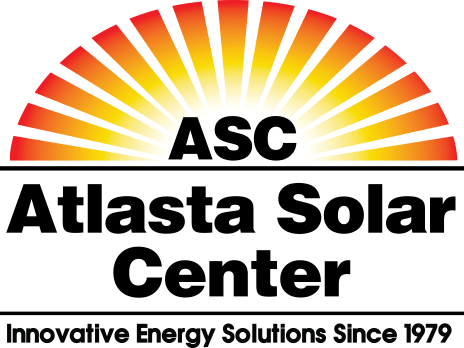
In today’s rapidly evolving energy landscape, businesses face crucial decisions regarding their energy sources and consumption. Understanding the differences between on-grid and off-grid solar energy systems is essential for maximizing efficiency and cost-effectiveness. With an increasing demand for sustainable energy solutions and a growing concern over rising electricity costs, companies must carefully evaluate their options
Understanding On-Grid Solar Energy
On-grid solar energy systems are connected directly to the local utility grid, allowing for the use of solar power while also relying on the grid for electricity needs during periods when sunlight is insufficient. This connection enables homeowners and businesses to draw energy from the grid when solar generation is low, ensuring a consistent and reliable power supply. One of the key advantages of on-grid systems is the ability to sell excess energy back to the grid, often through net metering agreements. This not only helps offset energy costs but also contributes to a more sustainable energy landscape by promoting the use of renewable resources.
Additionally, on-grid solar energy systems typically require a smaller upfront investment compared to their off-grid counterparts, owing to less complex infrastructure and equipment. These systems often include solar panels, an inverter to convert the DC electricity generated into AC electricity for home use, and monitoring equipment to track performance. The seamless integration with the grid means that maintenance and operational challenges are generally minimal, allowing users to focus on reaping the benefits of solar energy without the burden of energy storage solutions.
The Basics of Off-Grid Solar
Off-grid solar energy systems operate independently from the utility grid, allowing users to harness solar energy without reliance on external power sources. These systems are particularly beneficial in remote locations where grid access is limited or nonexistent. Off-grid setups require a comprehensive design that includes solar panels, batteries for energy storage, and an inverter to convert the stored DC power into AC power for everyday use. By storing excess energy generated during the day, off-grid systems can provide a continuous power supply even when sunlight is scarce, ensuring that users maintain their energy independence.
One of the primary benefits of off-grid solar systems is their self-sufficiency, which can lead to significant long-term savings on electricity bills. However, it is crucial to note that they often involve higher upfront costs due to the need for larger battery banks and more sophisticated equipment. Additionally, maintenance can be more complex, as users must monitor battery health and solar performance without the support of a utility provider. Despite these challenges, off-grid solar energy empowers individuals and businesses to take control of their energy usage, contributing to a sustainable future and reducing reliance on fossil fuels.
Which Is Right for Your Business?
Deciding whether an on-grid or off-grid solar energy system is right for a business involves consideration of several factors, including location, energy needs, and budget. For situated companies in urban areas with reliable access to the utility grid, on-grid systems are often the more practical choice due to their lower initial investment and the ease of integrating with existing energy infrastructure. Conversely, companies operating in remote locations or seeking to maintain complete energy independence may find off-grid systems to be more advantageous despite the higher upfront costs. Businesses need to conduct a thorough assessment of their energy consumption patterns, financial considerations, and long-term sustainability goals to make an informed decision that aligns with their operational strategy.
Want to learn more about the differences between on-grid and off-grid solar energy? Contact our Atlasta Solar Center team today, and let us find the best commercial solar installation solution for your specific needs!
